“Surrealism is not a style – but a state of mind. It aims to subvert reality. To find the uncanny in the everyday. To tap into our unconscious desires and bring dreams to life. And for many artists around the world, it has been a way to challenge authority and imagine a new world.“
I recently visited the Surrealism Beyond Borders Exhibition at the Tate Modern (one of the BEST shows I’ve seen this year.)
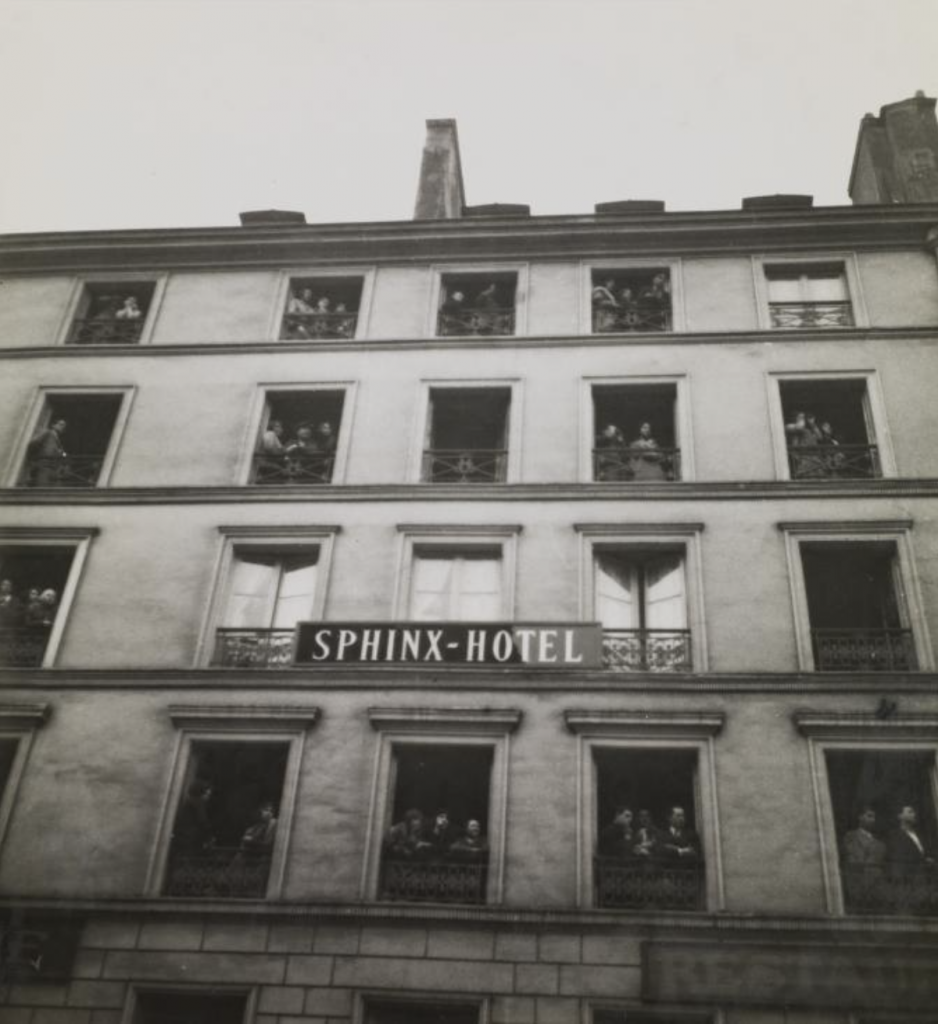
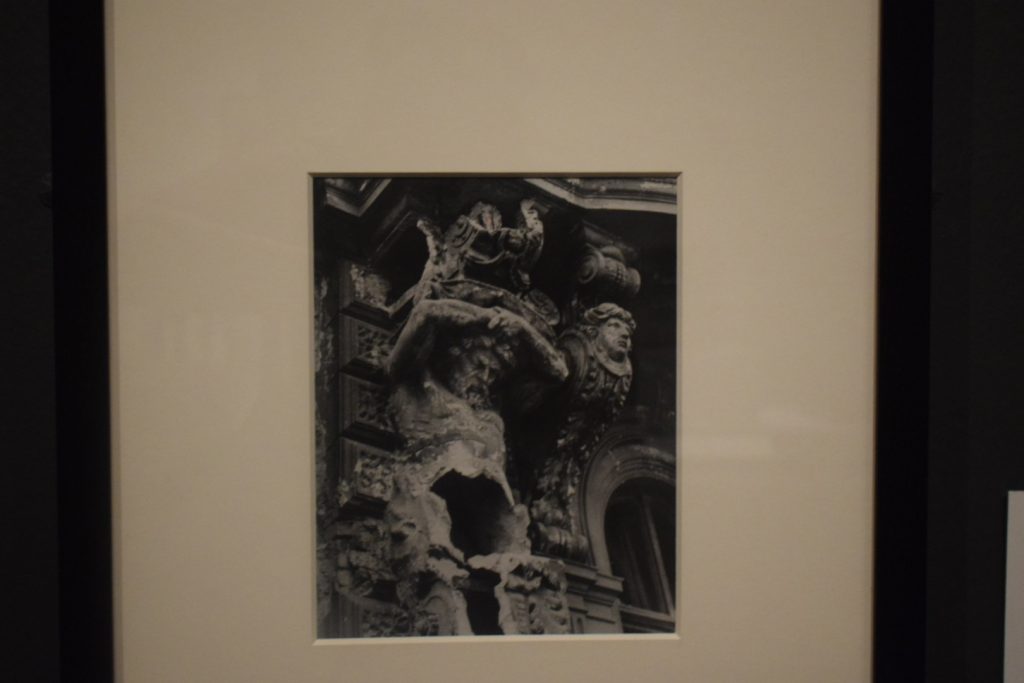
There was some really interesting photography included at the beginning of the exhibition, I particularly liked the two photos above. In Sphinx Hotel, Dora Maar captures the mysterious sight of people crowding to look out of the windows of the strangely named building, we the viewer become part of the spectacle adding to the surrealism of the piece. Having had my interest piqued, I later decided to do some research into the Parisian hotel and found out that it actually features in Andre Bretons surrealist second novel, Nadja (1921) the hotel still exists today although under a different name, the name change potentially came about as a result of there being a very notorious brothel in the city which was also called the Sphinx. Vilem Reichman was a member of the Brno surrealist group, his photograph shows a building in post war Berlin, the stomach dramatically blown out which leaves the stomach opened up into a dark abyss.
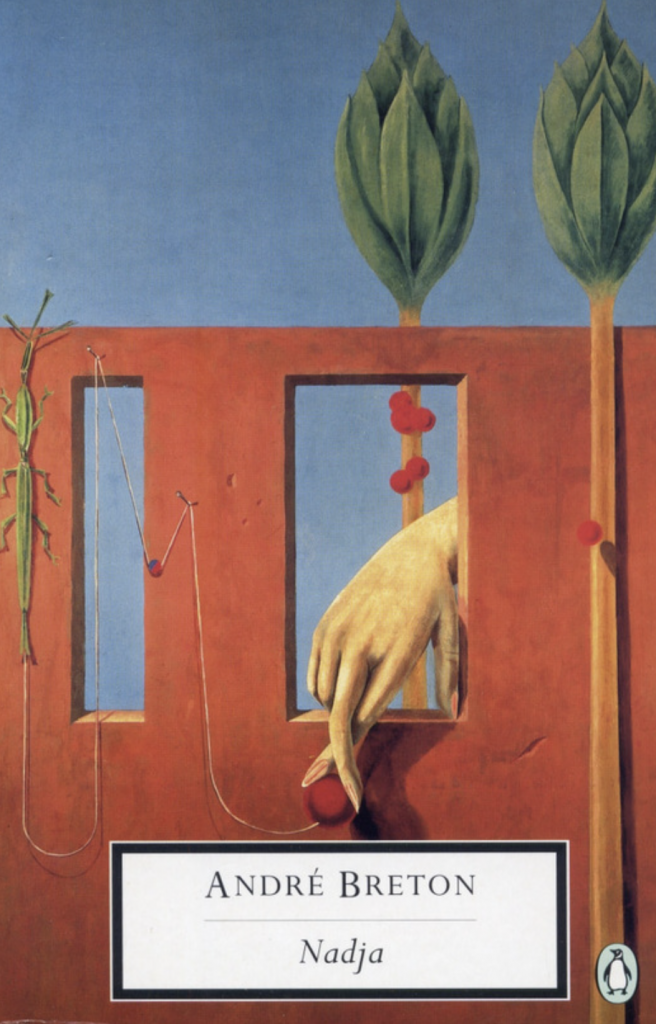
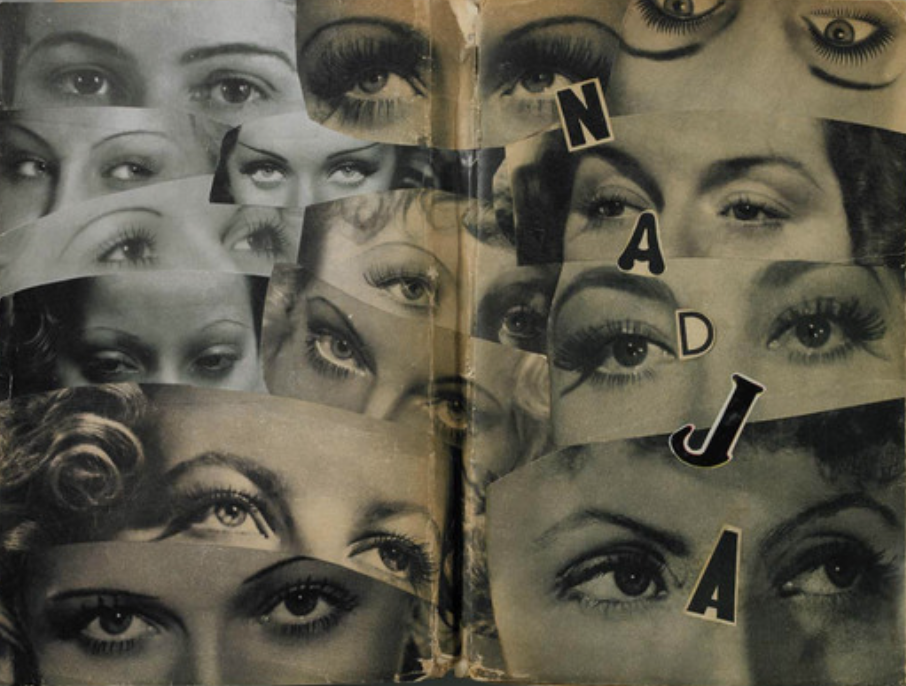
“Surrealism is an expansive, shifting term, but at its
core, it is an interrogation. It refers not to a historical
moment but to a movement in the truest sense;
inherently dynamic, it has traveled and evolved from
place to place and time to time, and continues to do
so today. Its scope has always been transnational,
exceeding national borders as a unified call for
liberation, while also taking on specific and local
conditions.”
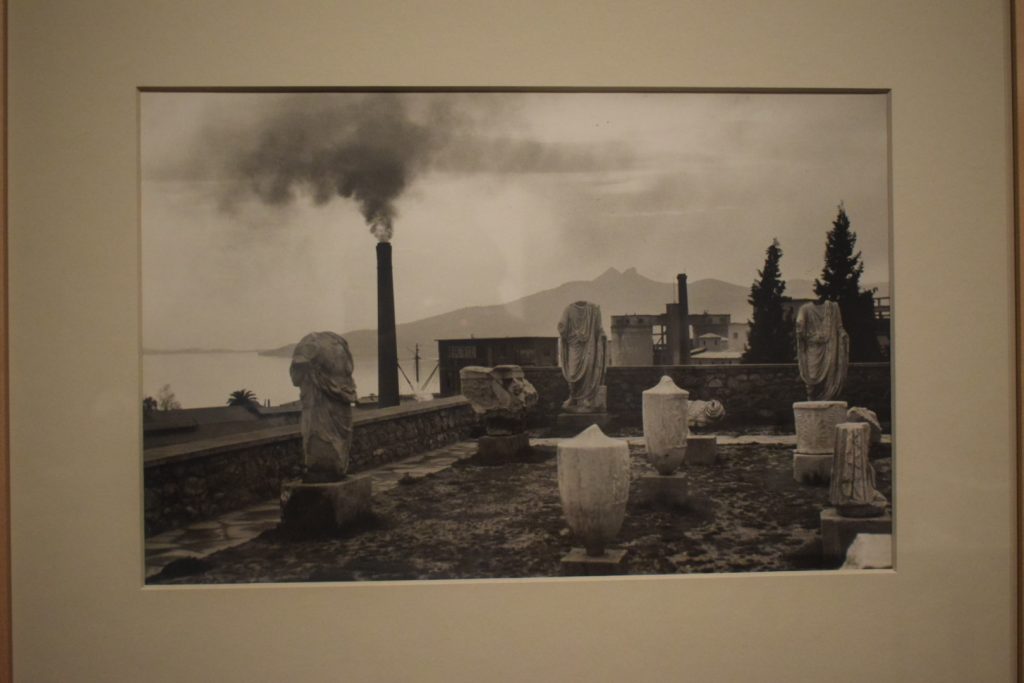

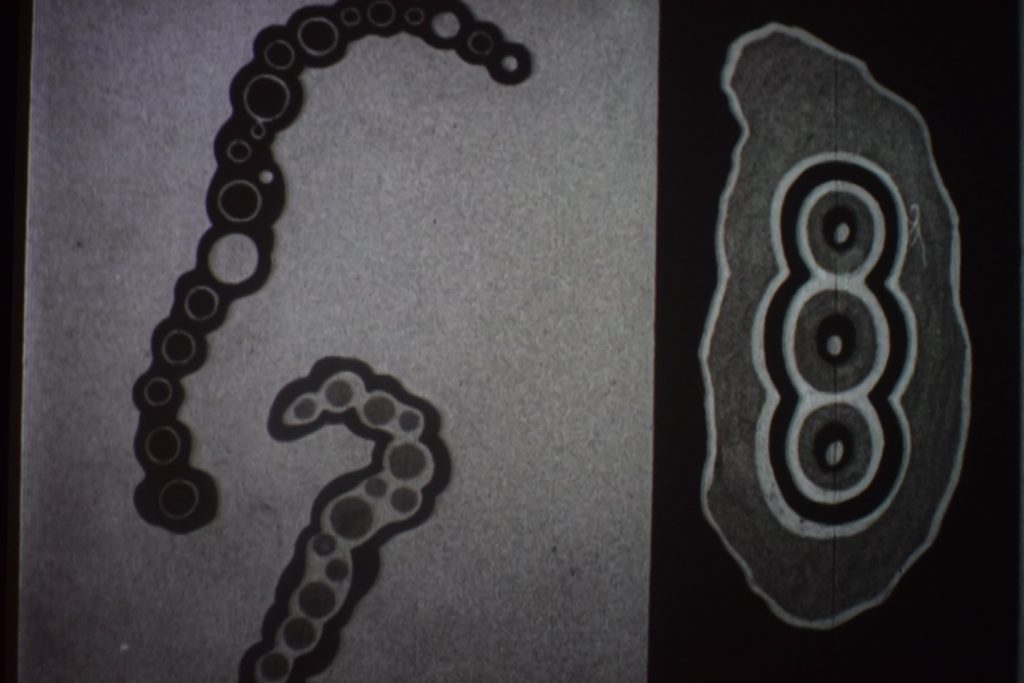
This film was an animated hand drawing by kiwi Artist Len Lye in 1929, it was really hypnotising to watch and inspired by Lye’s time living in Samoa and his appreciation of traditional Indigenous Oceanic Art. Also, “inspired in part by accounts of the witchetty grub totem of the Arrernte people of Central Australia and themes of birth, death and rebirth.” I could really see that idea of birth, death and rebirth, in the way the witchetty grub like drawing starts small and grows, changing colour, inverting and connecting to other grubs before dying and then being reborn.

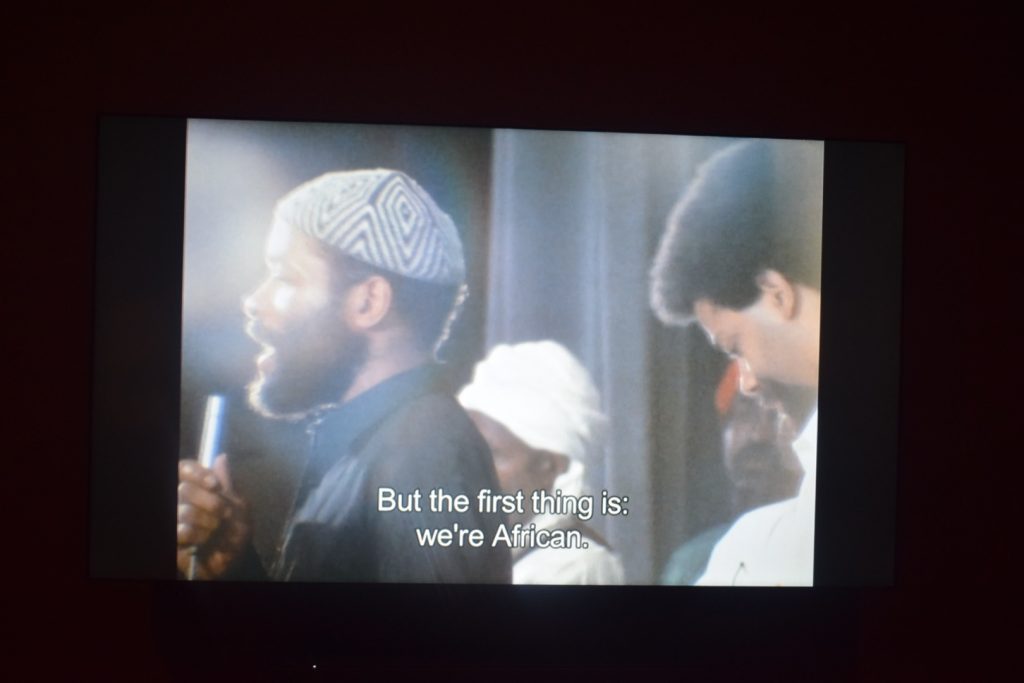
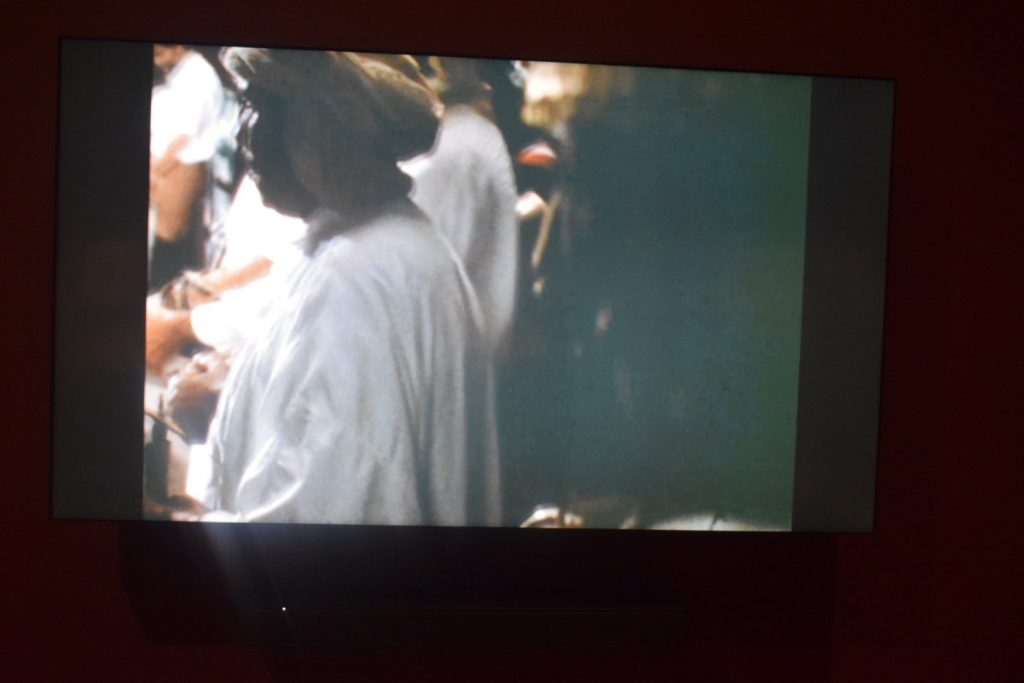
Ted Joans was an Artist, Poet and Musician whose work often looked at travel and feelings of diaspora. “To travel was to discard what he saw as the constraints of nationality, language and culture.” Joans was American but he left the US more than once in his life in order to escape its systematic racism, the first time he left was in the 60s, he later returned but left again 30 years later in response to the murder of Amadou Diallo, a young Black man who was killed by the police. What is astonishing that even now all these years later, the police are still systematically murdering Black people. Joans went to Paris where he met Andrea Breton and started making Art with the Surrealists, Joans life was defined by Jazz and Surrealism, he said, “Jazz is my religion and Surrealism is my point of view.” He travelled across North and Central America, Africa and Europe, playing Jazz and connecting with people through travel.
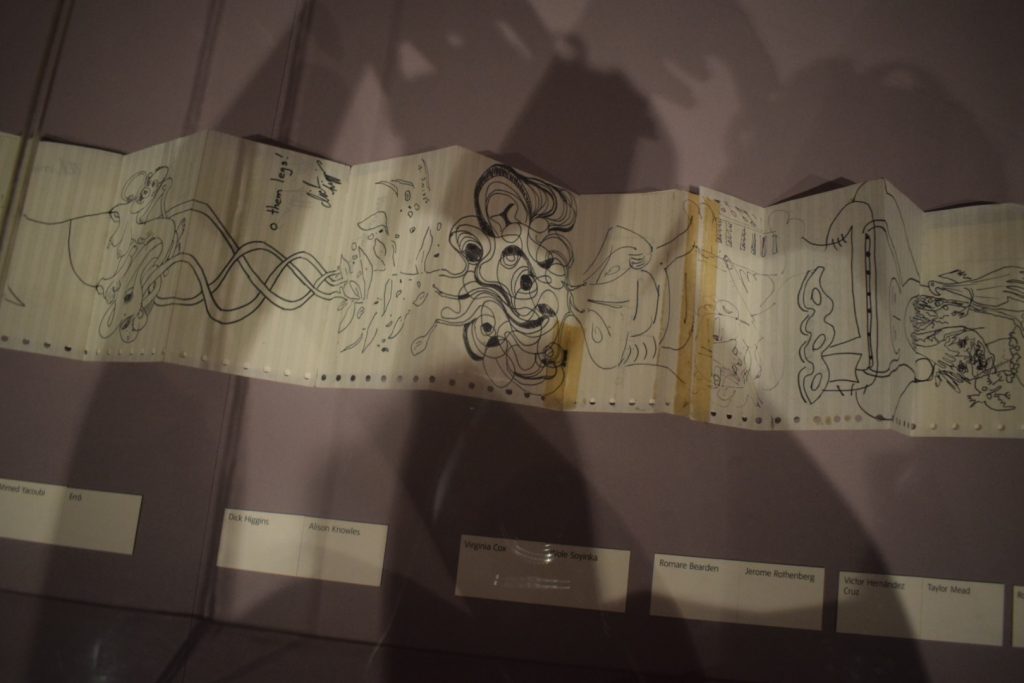
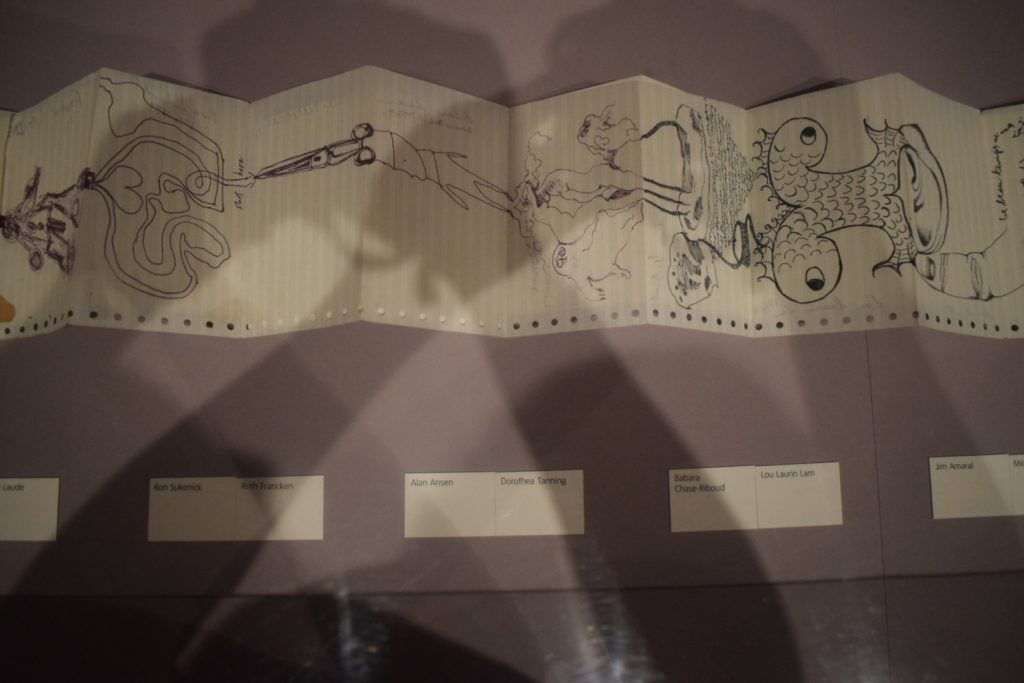
This was a really long piece of drawing (9 metres long to be exact) known as a cadavre exquis (exquisite corpse) that was created between 1976 and 2005 . Joans carried this piece with him around for years, “it would move with Joans to London, Lagos, Dakar, Marrakesh, New York, Rome, Berlin. Mexico City, Toronto and beyond. When I saw this I thought it was wonderful and would love to make one myself, it’s such a lovely collaboration that connects people from all around the world and continues to be added to after his death.
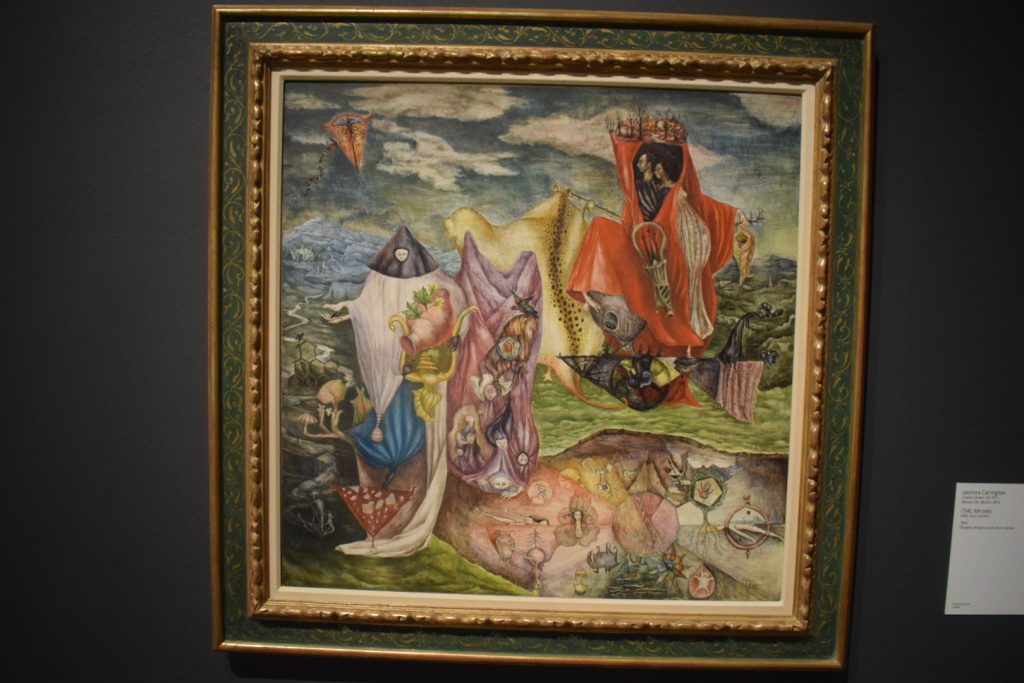
This painting is by Leonora Carrington, a British born artist who moved to Mexico City as an exile. Right, so it’s a bit of a long story but in short (ish), Leonora was in a relationship with the German Artist Max Ernst, they lived together in Paris during WW2 before he was arrested by the French police who were wary of him as a German, Max was released after a couple of weeks, but not long after France was invaded by Germany, Max was again questioned, this time by the Gestapo because his Art work was considered “degenerative” by the Nazi’s. More and more friends and contemporaries of Max and Leonora were being questioned and arrested and Max began to get really scared, it was decided that he needed to escape, helped by Peggy Guggeinhem he was able to go to the US, leaving Leonora terrified and alone in Paris. After Max left, Leonora went to Spain and stayed with family friends in Madrid, however whilst in Madrid Leonora’s mental health began to deteriorate and she suffered greatly which led to a psychotic break and her admittance to an asylum where she was treated with electroconvulsive therapy and really strong anti psychotic drugs. After her treatment she was released into the care of her parents (kind of a conservatorship type deal), Leonora was then told that her parents had made the decision to send her to a South African sanatorium to recover. However, on the way they stopped in Portugal and Leonora made a run for it straight to the Mexican Embassy where she searched for Renato Leduc who was a Poet, friend of Pablo Picasso and incidentally also the Mexican Ambassador, they had met fleeting years ago but he was the only one she could turn to. Renato offered to marry Leonora in order to save her. Together they went to New York where they stayed for a year (at this point Max had married Peggy) and then Renato and Leduc would go to Mexico where Leonora would end up living on and off, for the rest of her life. ‘The painting narrates an experience of exile: a fantastical vehicle carries a pregnant woman and a man to a place of bountiful nature. […] Below, the ground opens onto an underworld inhabited by women who float amid animals and esoteric symbols, suggesting a magical union of woman and nature.’




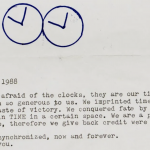





Leave a Reply